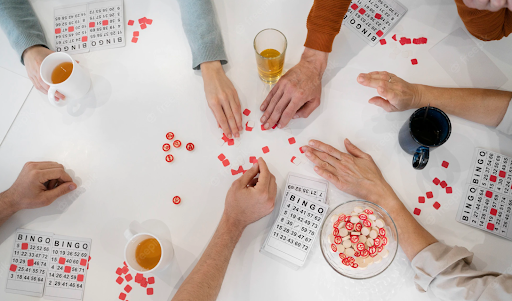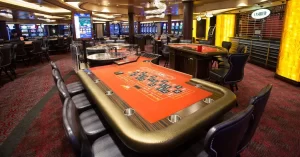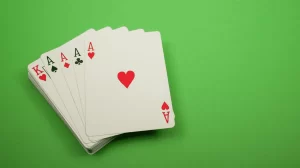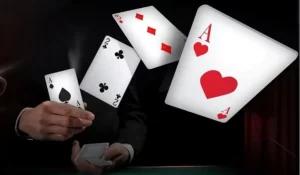Bingo Across Cultures

Bingo is often enjoyed as an activity among older adults as an engaging social activity and way to spend time with their peers.
Bingo may appear to be losing popularity, but in reality it is experiencing a renewal process and has an updated focus.
Origins
Bingo stands the test of time as an iconic cultural mainstay, having endured for hundreds of years and remaining relevant today. Bingo’s longevity can be attributed to its incorporation into people’s everyday culture: something few other forms of entertainment can achieve.
Bingo’s history dates back to 1530 when the Lo Giuoco del Lotto D’Italia lottery first debuted in Italy. From there it spread throughout Europe and North America before country fair games adopted it and called out “beano!” when they won. Bingo eventually made its way over to America where Edwin S Lowe popularized it at carnivals and fairs across America as we know it today.
Rules
Bingo players mark numbers on cards randomly called out by a game caller and mark any that form a pre-selected pattern on them. The first player who achieves this may win cash or prizes depending on where the game takes place; rules and prizes may differ depending on jurisdictional considerations.
While traditional games require players to cover a straight line of numbers, there are numerous variations which allow for other patterns of coverage such as a roving “L,” all four corners (known as postage stamps) or even blackout whereby all 24 numbers and free spaces must be covered simultaneously.
The game must be overseen by either its permit holder or an individual authorized by them, prizes must be displayed prominently and all serial numbers of bingo books and flyers available must be recorded.
Variations
Bingo can be found worldwide in various cultures and can serve various functions ranging from educational to just for fun, such as vocabulary-building games in which students must mark all words on a card – this variant also helps children understand more about language structure.
Career bingo games provide another variation. Students need to find jobs with specific characteristics in order to win this version of bingo. It provides students with insight into different careers available to them while entertaining them!
Finally, there is a cultural version of bingo which involves matching pictograms with names. This variation mirrors Mexican bingo which uses symbols derived from folk tales and general culture; making this version of the game ideal for engaging students in discussion on cultural topics in class.
Prizes
Students enrolled in a 2-credit exercise physiology course were encouraged to interact with course material through an innovative bingo game, including 25 squares that varied in activity levels and appealed to multiple learning styles. Achievers earned a five-point bonus which provided significant motivation and decreased procrastination.
Some of the more popular activities were time-intensive, such as online self-assessment quizzes, syllabus quizzes and perfect recitation attendance attendance records. Students may have completed these activities due to perceived value or convenience.
The Chelsea Hutchison Foundation uses bingo games to raise awareness and fund seizure response dogs that could save lives – providing an alternative method of competing with larger nonprofits for grant funds.
Social impact
Bingo’s universal appeal satisfies human needs for connection and joy, which Downs’s book explores through an extraordinary insight.
Participants cite numerous positive effects of bingo playing on themselves and their communities, including socialising and building international friendships through online gaming sites. Bingo provides them with enjoyment and laughter during times when such experiences seem impossible or taboo.
However, players are being exposed to significant levels of harm from this activity due to commercialisation, technological developments and deregulation. Harm is further compounded by external factors like structural racism or adverse life events.







